Search the Special Collections and Archives Portal
Search Results
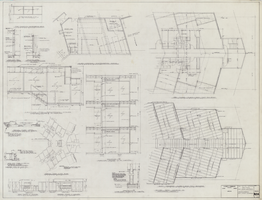
Architectural drawing of the Hacienda (Las Vegas), miscellaneous revisions and details, circa September 1957
Date
Archival Collection
Description
Plans for the construction of a 266 room addition for the Hacienda.
Site Name: Hacienda
Address: 3590 Las Vegas Boulevard South, Las Vegas, NV
Image
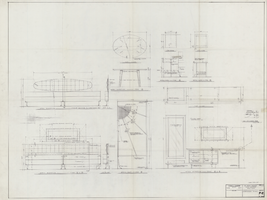
Architectural drawing of the Hacienda (Las Vegas), golf course and detailed furnishings plans, July 21, 1958
Date
Archival Collection
Description
Plans for the golf course additions for the Hacienda from 1957-1958.
Site Name: Hacienda
Address: 3590 Las Vegas Boulevard South
Image
Erni Cabat Art Prints
Identifier
Abstract
The collection consists of seven numbered art prints, hand signed by Arizona artist, Erni Cabat, with accompanying certificates of authenticity. The prints were created from original gouache paintings of scenes from casino life, and distributed by Nevada Magazine to mark the 50th anniversary of gambling in Nevada in 1981.
Archival Collection
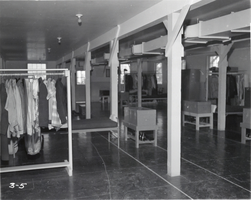
Photograph of living facilities, Nellis Air Force Base, Nevada, circa 1950s
Date
Archival Collection
Description
Image
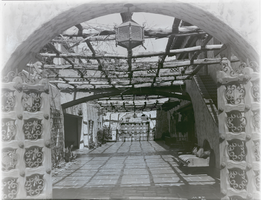
Film transparency of patio at Scotty's Castle, Death Valley, California, circa late 1930s
Date
Archival Collection
Description
Image
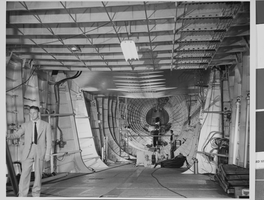
Photograph of Howard Hughes' Flying Boat, Long Beach, California, November 02, 1947
Date
Archival Collection
Description
Image
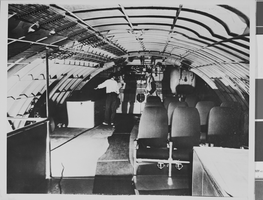
Photograph of Howard Hughes' Flying Boat, Long Beach, Califronia, November 02, 1947
Date
Archival Collection
Description
Image
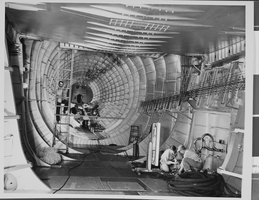
Photograph of Howard Hughes' Flying Boat, Long Beach, California, November 02, 1947
Date
Archival Collection
Description
Image
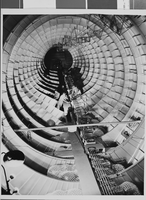
Photograph of Howard Hughes' Flying Boat, Long Beach, California, November 02, 1947
Date
Archival Collection
Description
Image
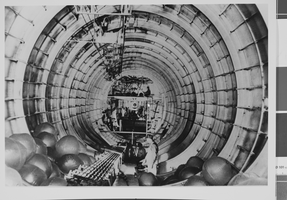
Photograph of Howard Hughes' Flying Boat, Long Beach, California, November 02, 1947
Date
Archival Collection
Description
Image
